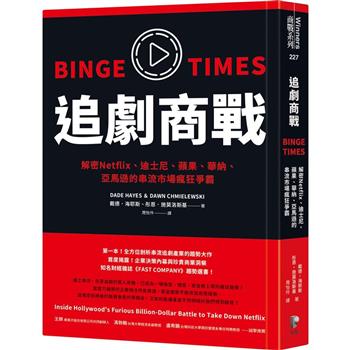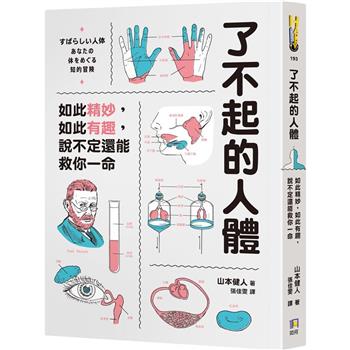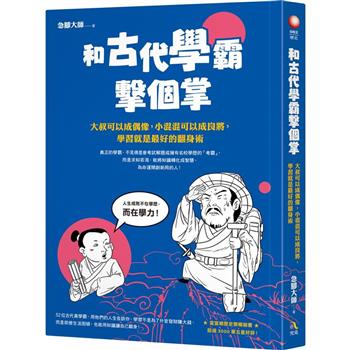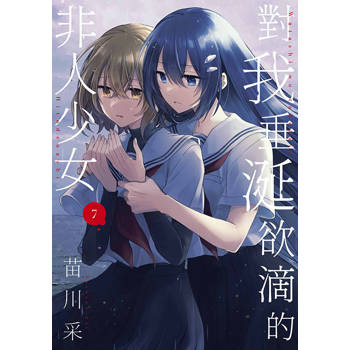In 648 CE, Tang imperial authorities collected every copy of the Writ of the Three Sovereigns (Sanhuang wen) from the four corners of the empire and burned them. The formidable talismans at its core were said not only to extend their owners’ lifespan and protect against misfortune, but also propel them to stratospheric heights of power, elevating them to the rank of high minister or even emperor. Only two or three centuries earlier, this controversial text was unknown in most of China with the exception of Jiangnan in the south, where it was regarded as essential local lore. In the span of a few generations, the Writ of the Three Sovereigns would become the cornerstone of one of the three basic corpora of the Daoist Canon, a pillar of Daoism—and a perceived threat to the state.
This study, the only book-length treatment of the Writ of the Three Sovereigns in any language, traces the text’s transition from local tradition to empire-wide institutional religion. The volume begins by painting the social and historical backdrop against which the scripture emerged in early fourth century Jiangnan before turning to its textual history. It reflects on the work’s centerpiece artifacts, the potent talismans in celestial script, as well as other elements of its heritage, namely alchemical elixirs and “true form” diagrams. During the fifth and sixth centuries, with Daoism coalescing into a formal organized religion, the Writ of the Three Sovereigns took on a symbolic role as a liturgical token of initiation while retaining its straightforward language of sovereignty and strong political overtones, which eventually led to its prohibition. The writ endured, however, and later experienced a revival as its influence spread as far as Japan. Despite its central role in the development of institutional Daoism, the Writ of the Three Sovereigns has remained an understudied topic in Chinese history. Its fragmentary textual record combined with the esoteric nature of its content have shrouded it in speculation. This volume provides a lucid reconstruction of the text’s hidden history and enigmatic practices while shedding light on its contributions to the religious landscape of medieval China.
好評推薦
“This is a substantial, satisfying work dedicated to exploring one of the main missing elements in our knowledge of the Daoist Canon in its original formulation. Following a meticulous account of the origins of Three Sovereigns literature, Dominic Steavu goes on to make the very valid point that talismans, elixirs, and charts―not generally considered part of the transmission of scriptures in modern scholarship―constituted a nonverbal medium central to this religious tradition. While many readers will derive benefit from this knowledge even if they themselves are not particularly concerned with medieval Daoism, specialists will be glad to see a gap in our knowledge of early Daoist scriptures filled in such a thoroughly professional manner.”―T. H. Barrett, emeritus professor, SOAS China Institute
| FindBook |
|
有 1 項符合
dominic steavu的圖書 |
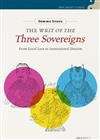 |
$ 1913 ~ 1976 | The Writ of the Three Sovereigns:From Local Lore to Institutional Daoism
作者:Dominic Steavu 出版社:香港中文大學出版社 出版日期:2019-08-30 語言:繁體書  共 3 筆 → 查價格、看圖書介紹 共 3 筆 → 查價格、看圖書介紹
|
|
|
圖書介紹 - 資料來源:博客來 評分:
圖書名稱:The Writ of the Three Sovereigns:From Local Lore to Institutional Daoism
內容簡介
作者介紹
作者簡介
Dominic Steavu
Dominic Steavu is associate professor of Chinese religions and Chinese Buddhism at the University of California, Santa Barbara.
Dominic Steavu
Dominic Steavu is associate professor of Chinese religions and Chinese Buddhism at the University of California, Santa Barbara.
目錄
Series Editors’ Preface vii
Acknowledgments ix
Conventions xiii
Introduction 1
Chapter One 17
e Writ in Early Medieval Southern China
Chapter Two 49
e Religious Life of Objects:
e Talismans of the Writ and eir Surviving Fragments
Chapter Three 83
Beyond Talismans:
Alchemy, Charts, and Meditation in Relation to the Writ
Chapter Four 121
From Local Lore to Universal Dao:
e Cavern of Divinity and the Early Daoist Canon
Chapter Five 155
e Writ and Its Corpus: e Rise and
Fall of the Cavern of Divinity in Institutional Daoism
Conclusion 193
Appendix 1 215
List of Variant Titles for the Writ of the Three Sovereigns
(Sanhuang wen) in Early Medieval Sources
Appendix 2 219
Synopsis of the Principal Six Dynasties Sources Containing
Fragments of the Writ of the Three Sovereigns (Sanhuang wen)
and Its Oral Instructions
Appendix 3 225
Comparative List of Talismans from the “Essential Instructions
from the Western Citadel on the Great Characters in Celestial
Script of the Three Sovereigns” (Xicheng yaojue sanhuang tianwen
dazi) and the “Essential functions of the ree Sovereigns”
(Sanhuang yaoyong pin)
Appendix 4 231
Comparative Inventory of Transmission Gages
Associated with the Writ of the Three Sovereigns (Sanhuang wen)
Notes 237
Works Cited 317
Index 355
Acknowledgments ix
Conventions xiii
Introduction 1
Chapter One 17
e Writ in Early Medieval Southern China
Chapter Two 49
e Religious Life of Objects:
e Talismans of the Writ and eir Surviving Fragments
Chapter Three 83
Beyond Talismans:
Alchemy, Charts, and Meditation in Relation to the Writ
Chapter Four 121
From Local Lore to Universal Dao:
e Cavern of Divinity and the Early Daoist Canon
Chapter Five 155
e Writ and Its Corpus: e Rise and
Fall of the Cavern of Divinity in Institutional Daoism
Conclusion 193
Appendix 1 215
List of Variant Titles for the Writ of the Three Sovereigns
(Sanhuang wen) in Early Medieval Sources
Appendix 2 219
Synopsis of the Principal Six Dynasties Sources Containing
Fragments of the Writ of the Three Sovereigns (Sanhuang wen)
and Its Oral Instructions
Appendix 3 225
Comparative List of Talismans from the “Essential Instructions
from the Western Citadel on the Great Characters in Celestial
Script of the Three Sovereigns” (Xicheng yaojue sanhuang tianwen
dazi) and the “Essential functions of the ree Sovereigns”
(Sanhuang yaoyong pin)
Appendix 4 231
Comparative Inventory of Transmission Gages
Associated with the Writ of the Three Sovereigns (Sanhuang wen)
Notes 237
Works Cited 317
Index 355
|
